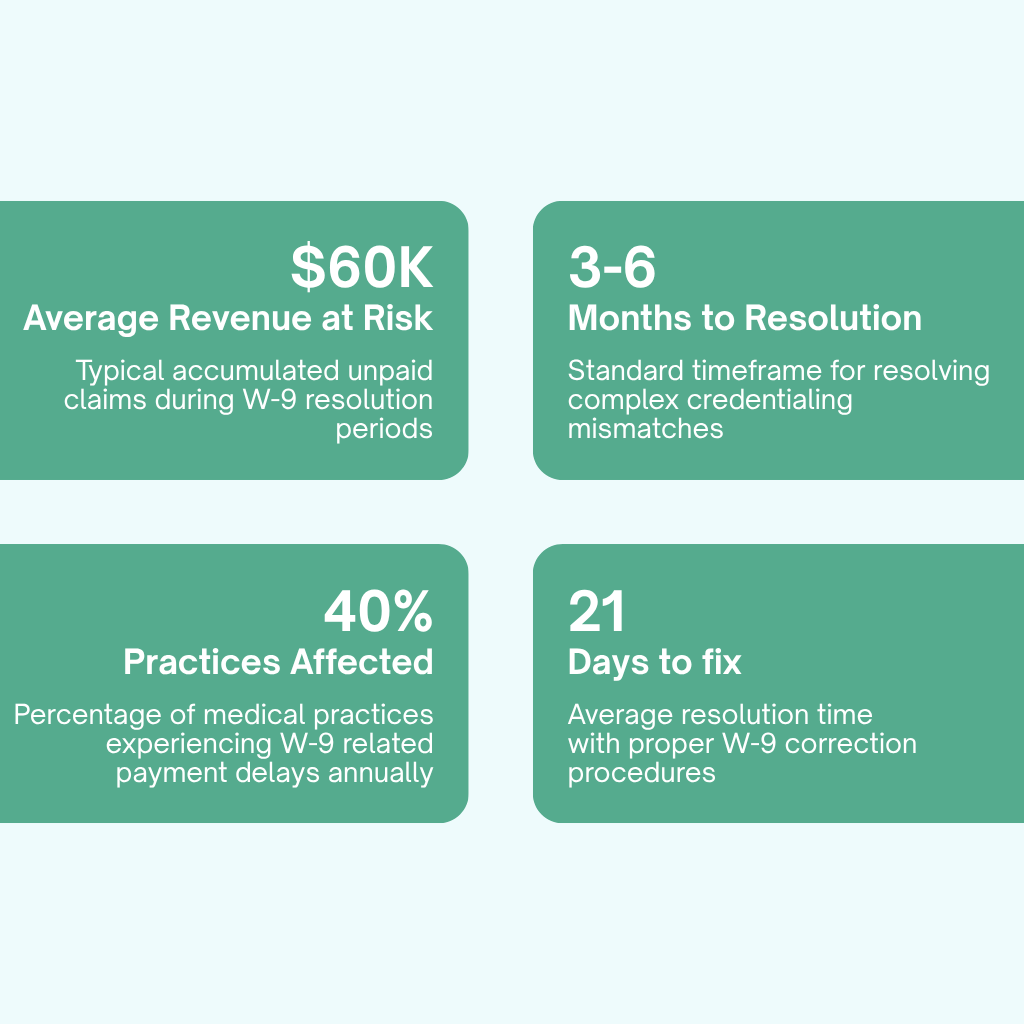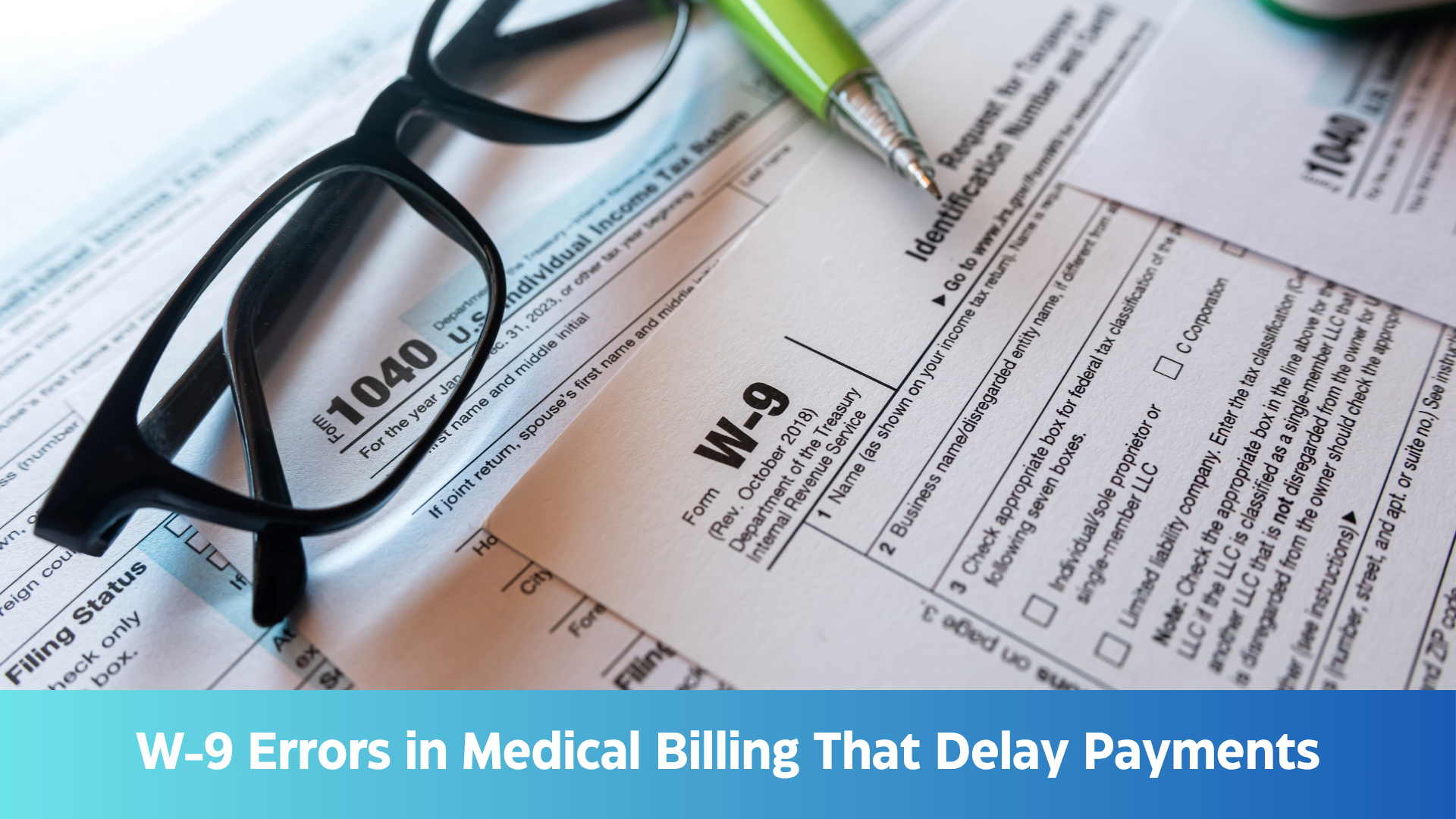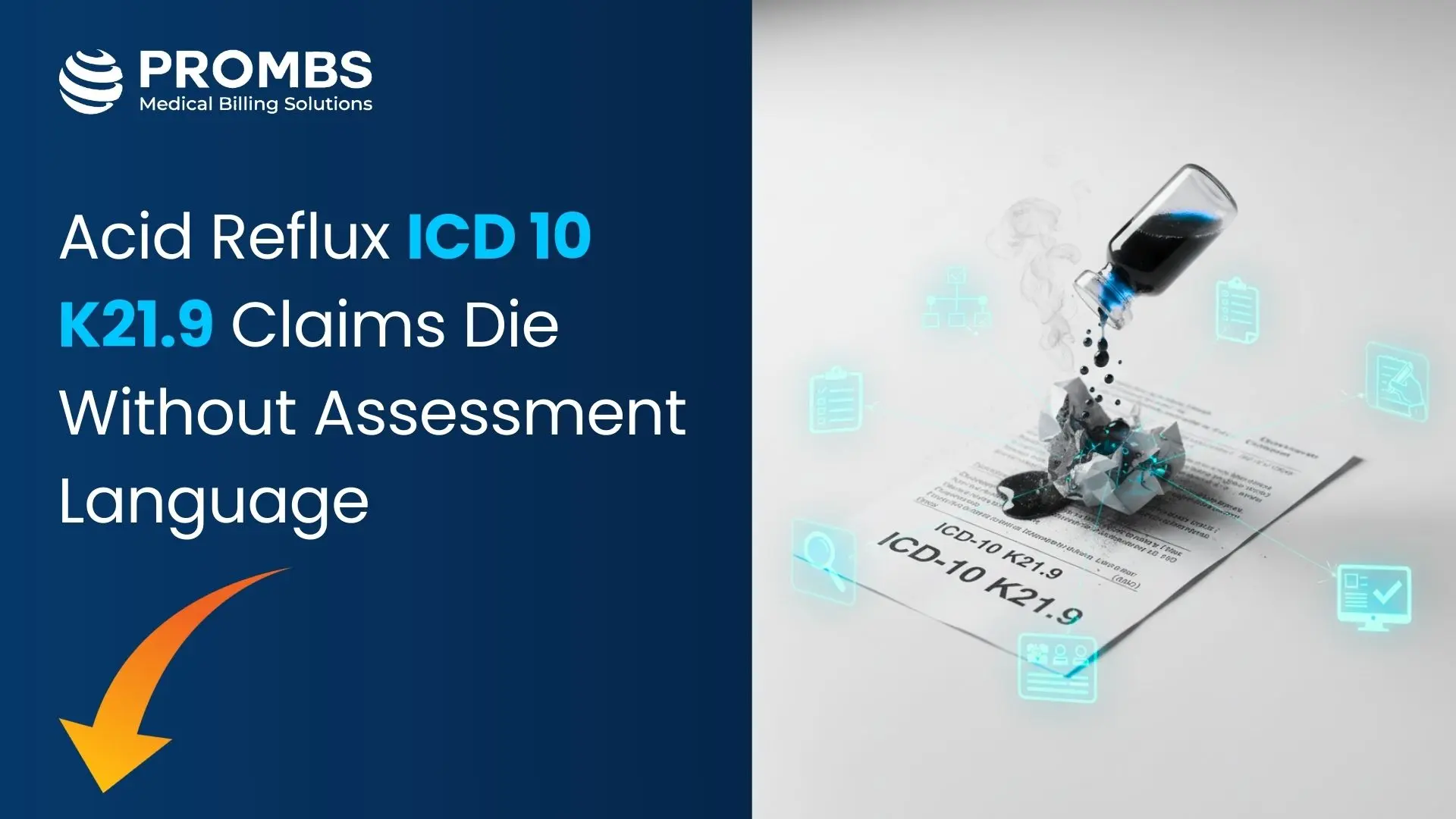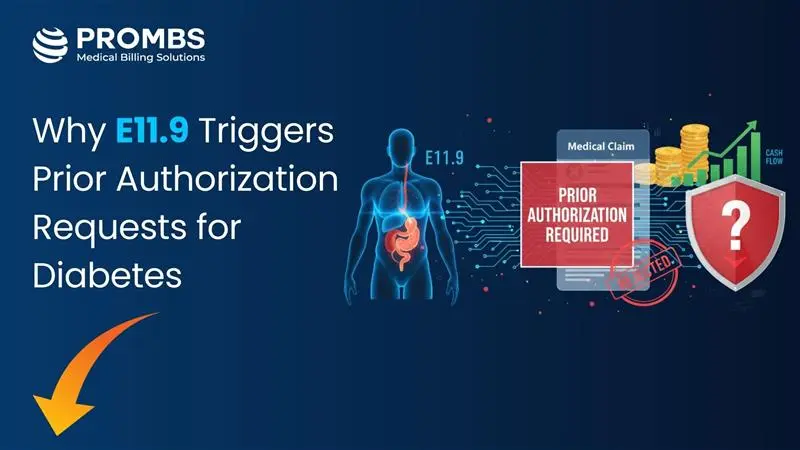The W-9 Problem No One Talks About: How Credentialing Errors Delay Payments
Discover how incorrect W-9 forms and credentialing mismatches can delay insurance payments by months, costing practices thousands in lost revenue. Learn to identify and fix these hidden billing roadblocks.
The Hidden Credentialing Roadblock Costing You Thousands
In the complex world of medical billing, every step of the revenue cycle demands precision. From eligibility verification through claims submission to accounts receivable follow-up, accuracy determines success. Yet one critical issue consistently flies under the radar whilst causing significant payment delays: W-9 form errors.
Errors in W-9 forms or mismatches between business names, tax identification numbers (TIN/EIN), and records held by payers or IRS can create credentialing nightmares. These issues don't just delay payments, they can block them entirely for months, costing practices tens of thousands of dollars in lost revenue.
This comprehensive guide examines this under-discussed problem, explaining why it occurs, how to identify it early, and most importantly, how to resolve W-9 and credentialing errors swiftly to protect your cash flow.
Understanding the W-9 Form in Medical Billing
Essential w-9 Components
- Legal business name
- DBA (trading name if applicable)
- Tax classification status
- TIN or EIN number
- Complete address details
- Contact information
The W-9 form serves as a critical IRS document providing essential provider information to insurance companies, clearinghouses, and third-party administrators. These organizations rely heavily on W-9 data during initial credentialing processes, payment validation procedures, and year-end 1099 issuance.
When any information proves inaccurate, inconsistent, or outdated, severe consequences follow: denied electronic funds transfer setups, returned paper cheques, suspended claims processing, delayed credentialing updates, and serious compliance violations that can trigger regulatory scrutiny.
Five Critical W-9 Errors That Block Payments
1. Business Name Mismatch
The legal business name on your W-9 doesn’t align with IRS records or payer systems. For example: IRS lists "Antonion1920, LLC" whilst payer enrollment shows "Antonio Medical Center."
2. Incorrect Tax ID Usage
Submitting claims under a different Tax ID than listed on the W-9 creates immediate validation failures at payer level, triggering automatic payment holds.
3. DBA Name Confusion
Providers mistakenly use their trading name or clinic name as the legal business name on the W-9, causing IRS validation failures and preventing proper 1099 issuance.
4. Outdated Information
Practices forget to resubmit W-9s after legal name changes, ownership transfers, or entity reclassifications from sole proprietor to limited company status.
5. Address Discrepancies
Electronic transfers and mailed cheques are misdirected or returned when address changes aren’t properly updated across all systems.
Case Study: $60,000 Payment Delay Resolved
A healthcare provider maintained regular claims submission to multiple auto and liability insurers. Despite consistently clean claim processing, over $60,000 remained unpaid for several months, creating severe cash flow problems.
After extensive escalations and investigation, the root cause emerged: the payer held an outdated W-9 containing the previous entity name and tax identification number. The practice had submitted a revised W-9 listing their updated LLC name, but failed to process the official update through the payer's enrollment system.
Resolution: A comprehensive revised W-9 with IRS verification was submitted and cross-referenced with the provider portal and 1099 department. Normal payment processing resumed within 21 business days, releasing the accumulated funds.
Prevention Strategies for W-9 Credentialing Errors
Verify with IRS TIN Matching System
Before submitting any W-9, confirm that your business name and TIN/EIN match IRS records using the official TIN Matching Tool available to registered users. This prevents validation failures at source.
Use Legal Business Name Only
Always enter your legal entity name from the IRS CP575 letter or SS-4 Form on Line 1. Never use trading names, clinic names, or abbreviated versions that don't match official records.
Cross-Check Payer Enrollment Records
Ensure your W-9 information matches exactly what's recorded at clearinghouses, payer portals, CAQH profiles, and EFT/ERA enrollment systems to prevent processing conflicts
Immediate Updates for Changes
Any legal or tax changes, new ownership, address updates, or entity status modifications should trigger immediate W-9 resubmission to all relevant payers with confirmation tracking.
Best Practices for W-9 Management
Systematic Document Control
Maintain a centralized document repository for all W-9 versions, IRS correspondence, and payer updates. Assign specific responsibility to a dedicated team member or billing vendor to manage W-9 submissions and tracking.
Perform bi-annual audits of payer records to identify mismatches before they impact payments. Integrate W-9 verification checks into your revenue cycle management onboarding workflow when adding new providers or practice locations.
Confirmation Protocols
After sending any revised W-9, always request written confirmation covering W-9 receipt acknowledgement, system update completion, and expected timeline for resumed payment processing.
Out-of-Network Providers Face Greater Risk
Out-of-network providers operate without contractual agreements protecting payment timelines, making administrative delays from W-9 issues particularly devastating. These providers face unique vulnerabilities that can create massive revenue bottlenecks.
MedPay/PIP claims: Cheque reissuance processes may extend 30+ days once W-9 corrections are completed, creating extended cash flow gaps during critical treatment periods.
Lien-based cases: Settlement distributions cannot proceed without matching W-9 information, potentially delaying final payments for months while legal proceedings continue.
Workers' compensation claims: Claims adjusters may flag providers as "non-payable" without correct tax records, effectively blocking all future payments until resolution.
Impact Assessment: The True Cost of W-9 Errors

These statistics demonstrate the significant financial impact of W-9 errors on medical practices. The difference between proper W-9 management and reactive correction can mean the difference between steady cash flow and months of financial uncertainty.
Protect Your Revenue: Take Action Today
The W-9 form may appear deceptively simple, but it wields enormous power over your medical billing revenue cycle, particularly for out-of-network and injury care providers. With increasing payer scrutiny and automated validation systems, proper W-9 handling has evolved from administrative convenience to critical revenue protection strategy.
Immediate Action Required
Double-check your current W-9 against IRS and payer records today. Identify any discrepancies before they impact payments.
Align All Systems
Ensure consistency across IRS records, payer portals, and clearinghouse enrollments to prevent validation conflicts.
Strategic Implementation
Treat W-9 management as a core component of your revenue protection strategy, not merely administrative paperwork.
Don't let hidden W-9 errors sabotage your practice's financial stability. The cost of prevention is minimal compared to months of delayed payments and lost revenue. Start your W-9 audit process today.



